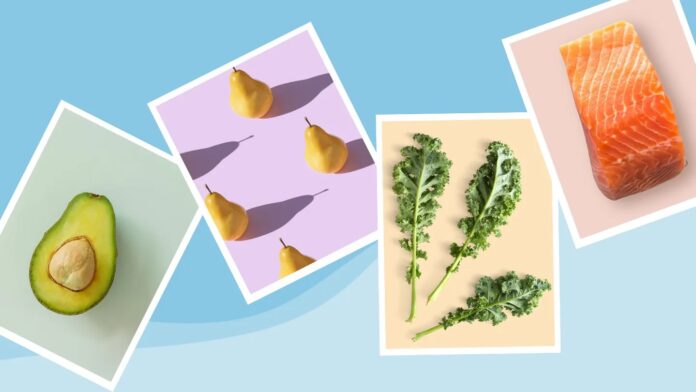Living with type 2 diabetes doesn’t mean giving up your favorite foods entirely. While some dietary adjustments are necessary, you can still enjoy a variety of wholesome options while managing your condition effectively. A successful eating plan prioritizes balance and incorporates diverse sources of carbohydrates, healthy fats, and lean protein, all while keeping blood sugar levels in check.
Understanding the Impact of Food on Blood Sugar
The cornerstone of diabetes management is controlling blood sugar fluctuations. High blood sugar is a defining characteristic of diabetes and can lead to serious long-term complications like nerve damage, vision loss, heart disease, and stroke. Carbohydrates are the primary dietary component that impacts blood sugar levels most directly. Your body breaks down carbohydrates into glucose, which raises blood sugar.
Although both healthy choices like fresh fruit and processed snacks like chips contain carbohydrates, they affect your body differently. Processed foods tend to spike blood sugar rapidly due to their high refined carbohydrate content and often added sugars. This can lead to energy crashes and increased cravings later on. Conversely, whole grains, legumes, fruits, and vegetables release glucose more slowly into the bloodstream, contributing to steadier blood sugar levels and enhanced satiety.
The Importance of Balance: Healthy Carbs vs. Unhealthy Choices
While carbohydrates are essential, not all carbs are created equal. Aim for a diet rich in complex carbohydrates, such as:
- Whole grains: Brown rice, quinoa, oatmeal, whole-grain bread and pasta
- Legumes: Lentils, chickpeas, beans
- Fruits and vegetables: Choose whole fruits over juice and non-starchy vegetables like broccoli, spinach, peppers, and tomatoes
Limit refined carbohydrates, which are processed and stripped of nutrients:
- White bread, white rice, pastries, cookies, sugary drinks
Focus on nutrient density – choose foods that provide vitamins, minerals, and fiber along with carbohydrates.
Beyond Carbs: Protein, Fat, and Fiber Play a Role
- Protein: Lean protein sources like fish (salmon, mackerel), chicken, beans, lentils, tofu, and low-fat dairy products help stabilize blood sugar, build muscle mass, and promote fullness.
- Healthy Fats: Unsaturated fats found in avocados, nuts, seeds, olive oil, and fatty fish support heart health and can aid in nutrient absorption. Avoid saturated and trans fats found in processed foods, fried items, and full-fat dairy products.
- Fiber: Found abundantly in fruits, vegetables, legumes, and whole grains, fiber slows down sugar absorption, promotes regularity, and contributes to overall gut health.
Making Informed Choices: Navigating Food Labels
Reading food labels carefully becomes crucial when managing diabetes. Pay attention to:
- Serving size: This determines how much of a particular nutrient is in the amount you consume.
- Carbohydrates: Count carbohydrates per serving to monitor your intake.
- Added sugars: Limit foods with added sugars, which contribute little nutritional value and can cause blood sugar spikes.
- Fiber content: Choose options higher in fiber for better blood sugar control and digestive health.
Building a Personalized Plan
There is no one-size-fits-all diabetes diet. Work with your doctor or a registered dietitian to create a personalized plan that considers your individual needs, preferences, and activity levels. They can provide tailored guidance on carbohydrate counting, meal planning, and navigating social situations involving food.
Remember, managing type 2 diabetes through diet is an ongoing process of learning and adjustment. Be kind to yourself, celebrate small victories, and focus on making sustainable lifestyle changes that support both your physical and emotional well-being.






























